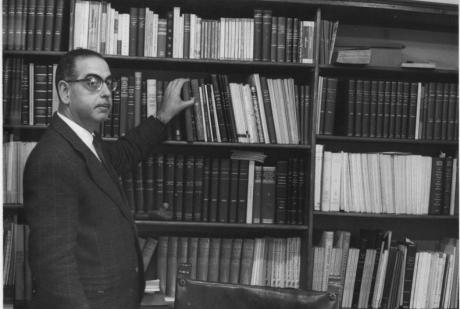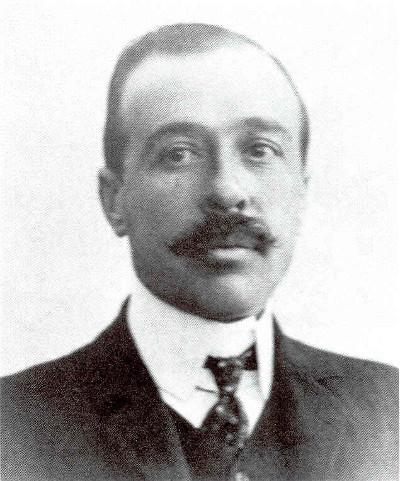Besides the architectural and sculptural remains, la Comisi贸n received a donation of several of its members and collectors and scholars of the time worried about the past Roman or ancient coins. In its work force, their main concern was the restoration of the pre-Romanesque churches, which resulted in the collection of pieces from the ruins of some of these buildings.
Reached the twentieth century, the development of scientific archeology, involved expanding the horizon into Prehistory, after discovering the presence of Palaeolithic cave art in Asturias.
In this way and throughout the twentieth century the museum collection was expanded markedly by the results of the archaeological in Asturias. The initial funding of the former Comisi贸n de Monumentos are added funding of private collections such as those made by the heirs of Earl de la Vega del Sella, the Marquis de la Rodriga and Aurelio de Llano and Roza de Ampudia. Throughout the 1960s and 1970s the Diputaci贸n de Oviedo conducted the purchase of different sizes, furniture and objects. Major purchases were three collections of the inheritors of the Soto Cortes , comprising all kinds of antiquities archaeological, numismatic collection of Pedro Hurl茅 Manso, and the collection of weapons and coins of the heirs of Tom谩s Bataller.




